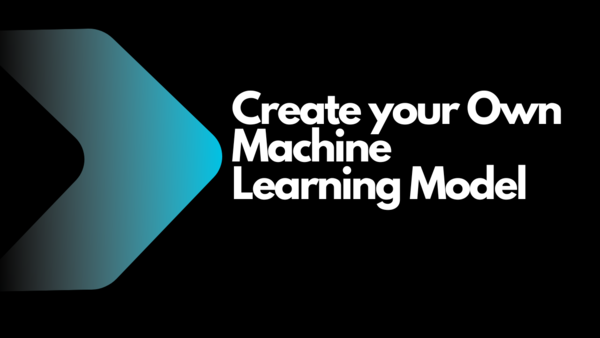Machine learning is an exciting field that has revolutionized the way we approach problem-solving. By using algorithms that can learn from data and make predictions, machine learning models have become essential tools for solving complex problems across a variety of industries. In this blog, we’ll walk through the basics of designing a machine learning model from scratch.
Steps:
Follow these steps to get a better understanding of how machine learning models are created.
Step 1: Define the Problem and Identify the Data
The first step in designing a machine learning model is to clearly define the problem you are trying to solve. This could be anything from predicting the stock price of a company to identifying whether an email is spam or not. Once you have a clear definition of the problem, you need to identify the data that will be used to train your model. This could be data you have collected yourself or data that is publicly available.
Step 2: Prepare the Data
Once you have identified your data, the next step is to prepare it for use in your machine learning model. This includes cleaning the data, filling in any missing values, and transforming the data into a format that can be used by the machine learning algorithm. It’s also important to split the data into training and testing sets to ensure that the model has been trained on enough data and can be tested for accuracy.
Step 3: Choose a Machine Learning Algorithm
There are many different machine learning algorithms to choose from, and each has its own strengths and weaknesses. The algorithm you choose will depend on the nature of your problem and the type of data you are working with. Some popular algorithms include decision trees, k-nearest neighbors, and artificial neural networks.
Step 4: Train the Model
Once you have prepared the data and chosen your algorithm, the next step is to train the model. This involves feeding the algorithm the training data and allowing it to “learn” from the data. The algorithm will then use this knowledge to make predictions about the test data.
Step 5: Evaluate the Model
Once the model has been trained, it’s important to evaluate its performance to ensure that it’s accurate. This is done by comparing the predictions made by the model with the actual values in the test data. Common evaluation metrics include accuracy, precision, and recall.
Step 6: Refine the Model
If the performance of the model is not satisfactory, it may be necessary to refine the model by adjusting its parameters or trying a different algorithm. This process may need to be repeated several times to achieve the desired level of accuracy.
Conclusion
In conclusion, designing a machine learning model requires careful consideration of the problem you are trying to solve, the data you have available, and the machine learning algorithm that will be used. By following these steps and continually refining the model, you can build a machine learning model that accurately predicts outcomes and helps you make better decisions.
If you have question then free will to email me or Contact me throught my website.
See you next time❤️.
Credit:
This article was written by Abdul Rafay and published on Future Insight.
Contact Us:
If you have any questions, please contact
Future Insight:
Author:
Abdul Rafay:
Thumbnail:
